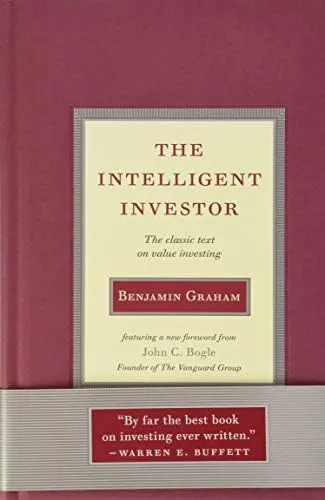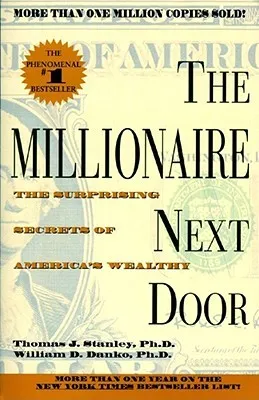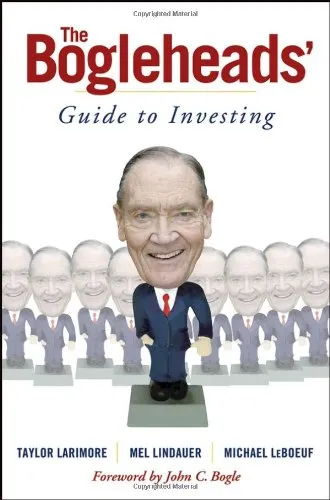I have a friend who's an engineer by training. He has excellent analytical skills and can always see the big picture, but he hates math. "It makes no sense," he says. "Why should numbers be precise? There are too many variables in life." When I was his age, I thought that way myself. But as I got older, I learned to appreciate precision of language and how it helps us understand the world more clearly. The same is true for finance: a certain degree of precision is necessary if you want to make good decisions. If we're not careful, we'll end up with a lot of inaccurate information or worse—we won't make any informed decisions at all. This is why I've always been fascinated by financial books. They help me understand the world better, and they give me confidence when making investment choices. I could never find time for reading before joining Shun Tak Holdings, but now that I'm managing my own portfolio, it's become one of my favorite pastimes. Here are three books that have made a profound impact on me:
The Intelligent Investor: The Definitive Book on Value Investing by Benjamin Graham (1949)

source
This book is a must-read for anyone interested in investing. It explains Warren Buffett's investment philosophy, which revolves around two pillars: margin of safety and buying undervalued companies. Though the book was written over 50 years ago, its wisdom remains relevant today. According to Graham, investors should buy stocks only after thoroughly analyzing their fundamentals, since market prices almost always reflect expectations about future cash flows. Furthermore, there are two ways to calculate the value of a company: discounted free cash flow (FCF) analysis and net present value (NPV). The former is based on estimates of future growth while the latter takes into account tax implications and other factors. As a rule of thumb, Graham recommends using the NPV method to value most assets; however, some investments may justify using the FCF approach instead. For example, if management is working hard to improve performance, then it might be worth paying more than the current market price to take advantage of the future benefits.
The Millionaire Next Door: The Surprising Secrets of America's Wealthy by Thomas J. Stanley and William Danko (1996)

source
This book provides a wealth of data on how the rich behave and why they accumulate so much money. At first glance, it seems like they got lucky: they inherited a large sum from their parents or married well. However, this isn't what actually happened. What surprised me most was that the majority of millionaires didn't inherit any money. Instead, they worked very hard and saved a significant amount of money over decades. In fact, many of them started out poor but managed to change their lives through diligence, discipline, and patience. This is a lesson that applies to everyone, regardless of your background or income level.
The Bogleheads' Guide to Investing: The Three-Fund Portfolio for Those Who Don't Like to Think About Money by John C. Bogle (2005)

source
This book was recommended to me by my manager, who said that it would help me save time by recommending low-cost index funds. My previous experience showed that picking individual stocks wasn't the best way to outperform the market. I'd tried several times but failed miserably. After reading this book, I decided to go with the Bogleheads' approach by investing in index funds—a strategy that has been proven to work over long periods of time.
When selecting a financial book, remember these four rules:
1. Select a book that will teach you something new. Books that have already stood the test of time are fine, but don't read a book just because everyone else is talking about it.
2. Choose a book that deals with subjects that interest you. You'll learn best if you enjoy what you're studying.
3. Read the book cover to cover. When you finish reading, reread some parts to make sure you understand everything.
4. Take notes. Keep a copy of the book and use it as a reference source when you have questions.
This post is part of my series on building the perfect portfolio, where I explore the key considerations involved in constructing a diversified investment portfolio. Please check back next week for another post in this series!